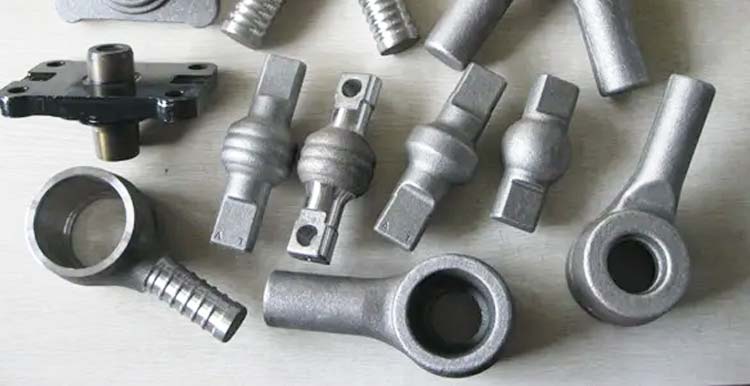- Contact Innally, Let you purchase forgings in China more favorable prices, products more assured!
- Hotline:+(86)15038323776 Email:innally@innally.com
What is the production process of aviation forgings?
- Category: Steel forgings, Thermal forging
- |
- Date: 24/10/2023
we can better understand the complexity and professionalism of aviation forgings manufacturing. With the continuous progress of science and technology and the development of aviation manufacturing industry, it is believed that the production of aviation forgings will be more efficient, environmentally friendly, safe and reliable in the future.
Product Details
Before the production of aviation forgings, a series of preparatory work is required. First of all, we must prepare suitable materials according to the design requirements, such as steel, aluminum alloy, etc. These materials must meet national or industry standards and have corresponding physical, chemical and mechanical properties. Secondly, it is necessary to choose the appropriate forging equipment, such as hydraulic press, forging hammer, etc., to ensure that the performance of the equipment can meet the production needs. Finally, it is necessary to design the mold and tooling according to the design drawings and technical requirements to prepare for the subsequent forging process.
Production process
The production process of aviation forgings mainly includes the following links:
Melting: The raw material is heated to the melting point and then melted to form alloy steel water that meets the requirements. In this process, the melting temperature, time and composition should be strictly controlled to ensure the quality of molten steel.

Die casting: alloy steel water is injected into the mold, cooled and solidified under a certain pressure to form a preliminary forging blank. In this link, it is necessary to control the pressure, temperature and time of the die casting to avoid defects.
Stretching: The forging blank is stretched and compressed several times to achieve the plasticity and deformation of the metal to meet the design requirements. In this process, attention should be paid to controlling the drawing rate, temperature and deformation to ensure the quality of the forging.
Grinding: Surface treatment and grinding of the completed stretch forgings to remove defects and burrs to ensure surface smoothness and accuracy.
Critical step
In the production process of aviation forgings, there are several key steps that need special attention:
Control of melting temperature: it is necessary to accurately control the temperature in the melting process to avoid overburning and composition inequality. Filling time during die casting: too long filling time will lead to insufficient metal cooling, and too short may lead to defects such as pores.
Key parameters in the drawing process: the drawing rate, temperature and deformation must be strictly controlled during the drawing process to ensure the quality and performance of the forging.
By understanding these, we can better understand the complexity and professionalism of aviation forgings manufacturing. With the continuous progress of science and technology and the development of aviation manufacturing industry, it is believed that the production of aviation forgings will be more efficient, environmentally friendly, safe and reliable in the future.
nannan
INNALLY mainly provides you with various types of cast and forged parts products. Welcome your inquiries! innally@innally.com
Related Products
Search
Forging center
- Steel forgings
- Aluminium alloy forging
- Titanium alloy forging
- Stainless steel forging
- Copper forging
- Automotive forgings
- Locomotive forging
- Bicycle forgings
- Motorcycle forging
- Rigging and fasteners
- Bearing forging
- Electric power fittings
- Marine forging
- Mechanical forgings for metalworking
- Mining machinery forgings
- Marine engineering forgings
- Construction machinery forgings
Popular product

© 2025. All Rights Reserved.






